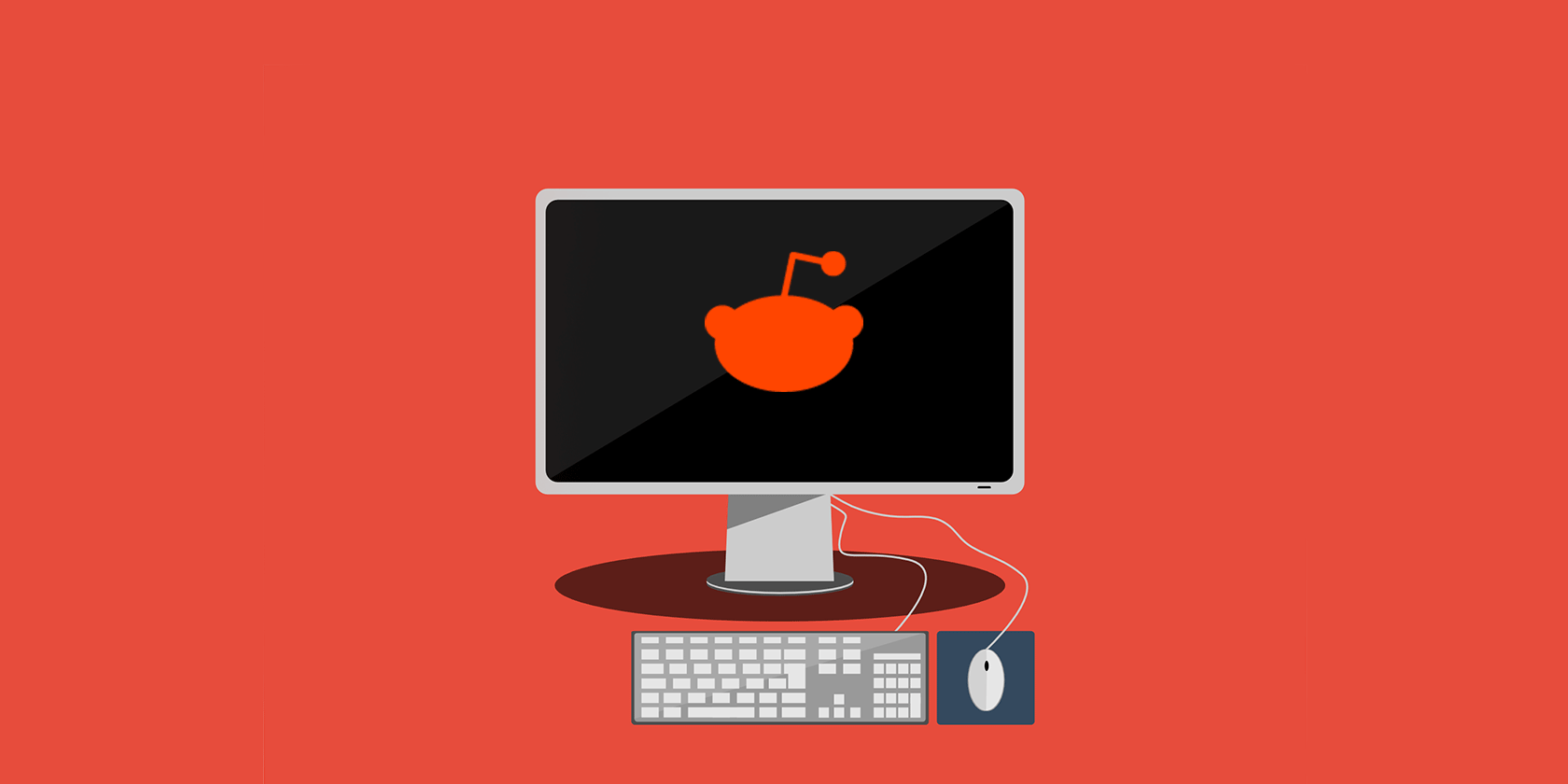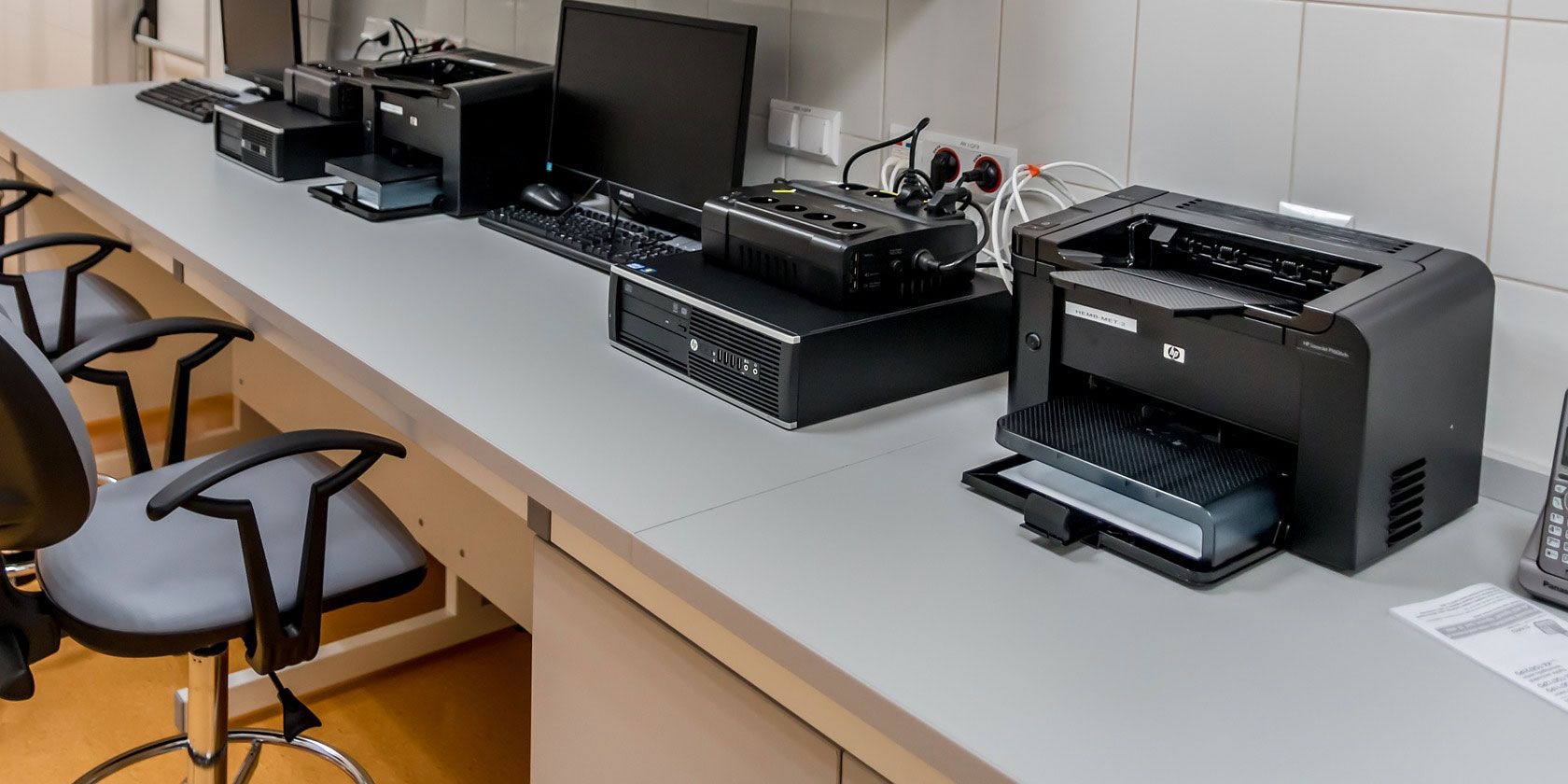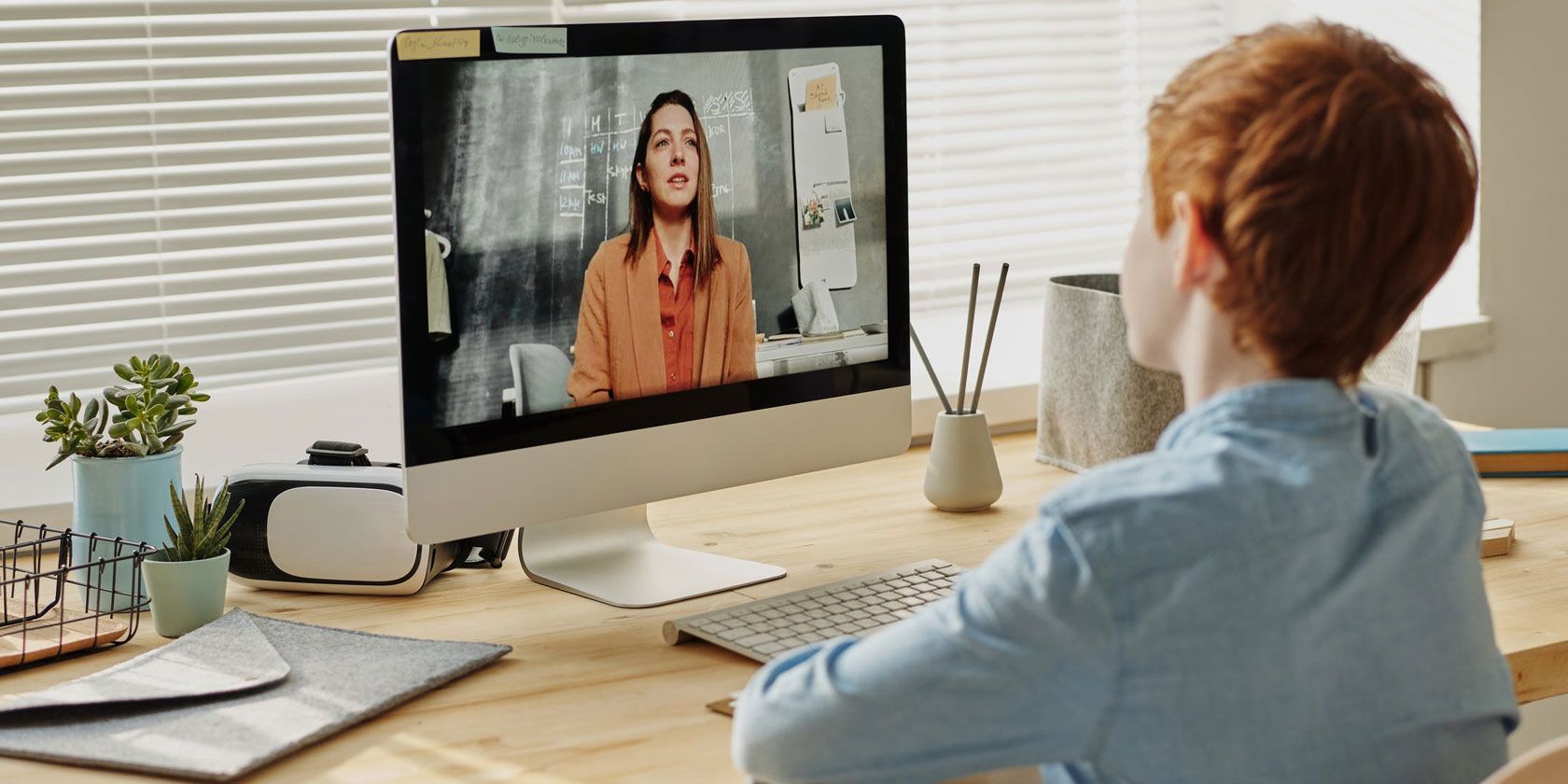Are you still using the plain old Reddit through the official website and official apps? Check out some of these best Reddit websites and apps to see what you’re missing.
There’s nothing too wrong with the official Reddit apps, but they’re severely limited in features. Given the online forum’s open nature, it makes no sense to use these when there are much better apps made by third-party developers. Try them out, and you’ll never go back to the plain old website.
1. Deck for Reddit (Web): Tweetdeck-Like Columns for Reddit in Browsers
![Deck for Reddit gives a Tweetdeck-like columns layout for subreddits]()
Reddit power-users will fall in love with Deck for Reddit, which lets you create multiple columns like in Tweetdeck. There is no limit to how many columns you can add, so go nuts. Each subreddit appears as its own column. Click a post to read its columns in the same column, or open it in a new tab.
You can sort columns by Hot, New, or Top, with different settings for each subreddit. Deck for Reddit also has two types of views: Standard and Wide. The Wide view is great for photo or video-centric subreddits.
Signed-in users get more options. You can choose between light and dark themes, and set a font family and size that you like. You can also hide NSFW (not safe for work) content, and hide posts you’ve already viewed.
Best of all, Deck for Reddit is blazing fast, and can quickly become your favorite Reddit client. Unfortunately, it doesn’t let you search Reddit yet, so it’s not ready to completely replace the website yet.
2. Reddup (Web): Beautiful Reddit Browser, Especially for Photos
![Reddup is a gorgeous interface for Reddit with a slideshow to view pictures]()
If Reddit ever decided to redesign their website, they might want to ask the Reddup developers for help. This is a gorgeous browser-based Reddit client, especially for those who subscribe to photo-based subreddits.
Reddup has a few layout options, including a grid-like collage. If you visit subreddits like r/aww or r/EarthPorn, which are largely about sharing pictures, this layout is a wonderful way to browse them.
By default, Reddup uses the dark mode which is better for photo viewing, but you can switch to light mode at any time. The website also offers a Slideshow function, which auto-cycles through all the posts of a subreddit. You can lean back and simply view.
Apart from these photo-oriented features, Reddup is a full-featured browser client. You can search Reddit, sign in, post, add different subreddits, sort posts (hot, new, rising, top, gilded, controversial), and comment. Click any post to open it in a pop-up dialog box, which is a nice way to browse without losing your place.
3. Reddit Favorites (Web): Reddit’s Best Recommendations in One Place
![Reddit Favorites collects the best recommendations from Reddit in one place]()
It’s difficult to trust customer reviews on Amazon given the rise in fake reviews there. But when different redditors recommend the same product repeatedly for many years, you know you have a winner. Reddit Favorites collects the best product recommendations by redditors in one place.
The broad categories are books, electronics, VPNs, Android apps, YouTube videos, sports & outdoors, clothing, home & kitchen, and many more. Most of the categories have several sub-categories, and you can further refine the list of recommendations by searching for keywords.
For any product, you’ll find the most popular and latest comments where it was featured. Reddit Favorites also shows how many times it was recommended, a year-by-year graph of its popularity (in most cases, but not all), and how many average upvotes it gets. Based on such factors, the website gives it a “popularity score” that serves as a ranking system.
If you liked Reddit Favorites, you should also check out these other ways to find Reddit’s best posts and recommendations.
4. Updoot (Web): Browse and Search Your Saved Posts
![Updoot is a powerful search engine for Reddit saved posts and comments]()
Regular redditors save posts to come back to later, whether it’s a great recipe, a funny GIF, or an informative comment. But much like messy bookmarks in the browser, these saved posts are a jumbled heap after a time. Updoot makes it easy to find the saved link you’re looking for.
Link your account and you’ll see all your saved posts in a grid collage. The main feature here is the powerful fuzzy search. Type a letter and Updoot starts searching on the fly; it’s blazing fast and changes results dynamically. It also claims to understand misspellings so you can find saved content where the original poster didn’t use the right spelling.
Go to the menu to find filtering options. You can filter by subreddit (which is great when you’re trying to find a recipe and can’t remember which subreddit it was on). You can also filter NSFW posts to blur them or not show them at all. Once you find the post you’re looking for, click on it to be taken to it in a new tab in good old Reddit.
5. Infinity for Reddit (Android): Free Reddit App With Auto-Scroll
The Google Play Store plays host to various Reddit apps, each with its own unique features. But invariably, they all use ads or ask for in-app purchases to unlock some of the best features. Infinity for Reddit is completely free, with no strings attached.
It’s a gorgeous, modern, Material-design Android app that makes Reddit beautiful. You can switch between night and dark themes, change the layout, and enjoy a pleasing reading and browsing interface. Infinity will never bother you with ads.
Additionally, Infinity has a cool “Lazy Mode” to auto-scroll posts. Start it up and it will browse post by post, changing every three seconds, scrolling automatically like a slideshow. Tap an interesting post to view it, press back to resume the slideshow. It seems silly but it’s actually a great leanback experience.
In general, if you’re tired of the best Reddit apps for Android asking for money or serving you ads, Infinity is the app to get.
Download: Infinity for Reddit for Android (Free)
6. Apollo (iOS): Best New Reddit App for iPhones
Apollo is a stunning Reddit app for iPhones, made by a former Apple employee. It’s fast, fluid, and adheres to iOS design guidelines that make it seem seamless. Some of its features include:
- A fantastic writer: Writing Reddit posts or comments is easier than ever with Apollo. You can add links, photos, lists, without any knowledge of Markdown.
- Better comments: Reddit is all about comments, and Apollo levels up that experience. You can see inline previews of links without leaving the comment, and use gestures to save, upvote, and so on.
- Wide media support: Apollo’s media viewer supports Imgur, Reddit, Gfycat, Imgflip, XKCD, Streamable, YouTube, Vimeo, and other popular image hosts, so you don’t need to open it in a new tab or window.
Try it out, and if you like it, you might want to spring for the pro version to remove ads and unlock a few other features.
Download: Apollo for iOS (Free)
Learn Rediquette for a Better Reddit
Apps and clients are only one part of the Reddit experience. If you’re a passive Reddit user, or a “lurker”, then all you need is the app. But the website really blooms because of its community, and you should try becoming a part of it. It’s surprisingly easy to be a regular redditor, especially if you learn what not to do with rediquette, i.e. Reddit etiquette.
Read the full article: 6 Free and Fantastic Alternatives to the Official Reddit Website & App















